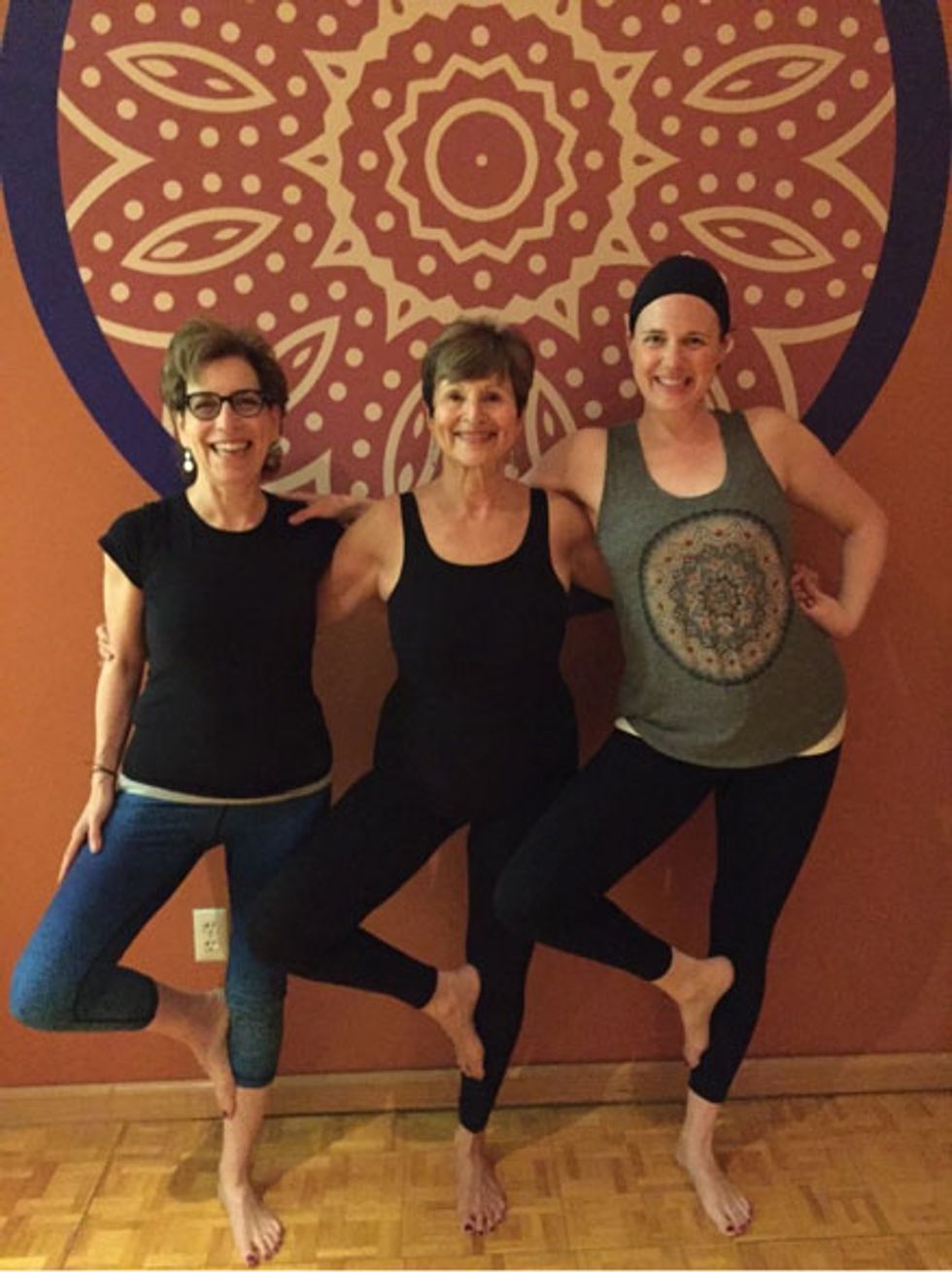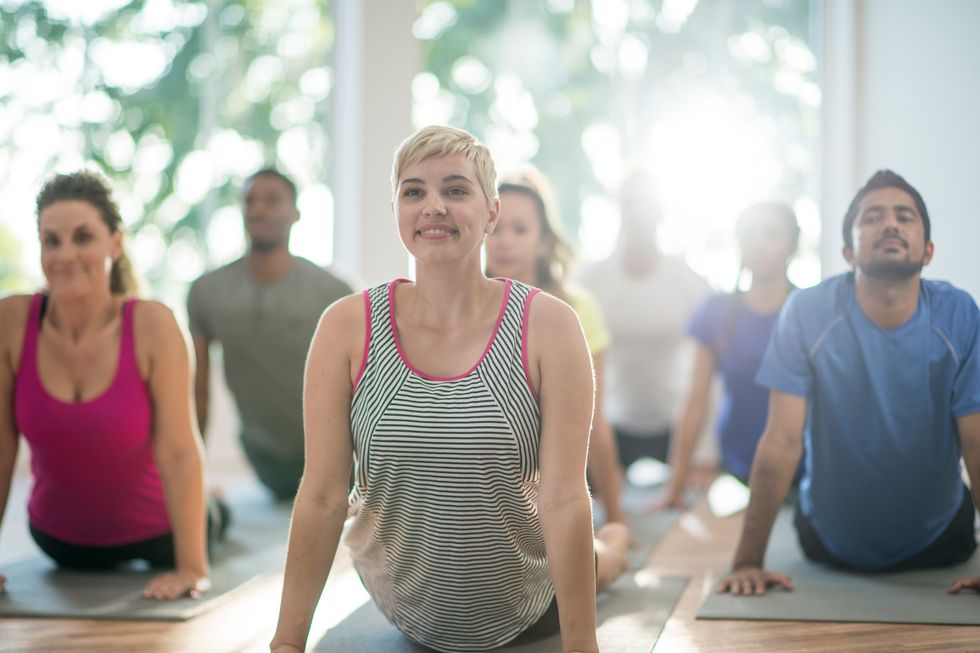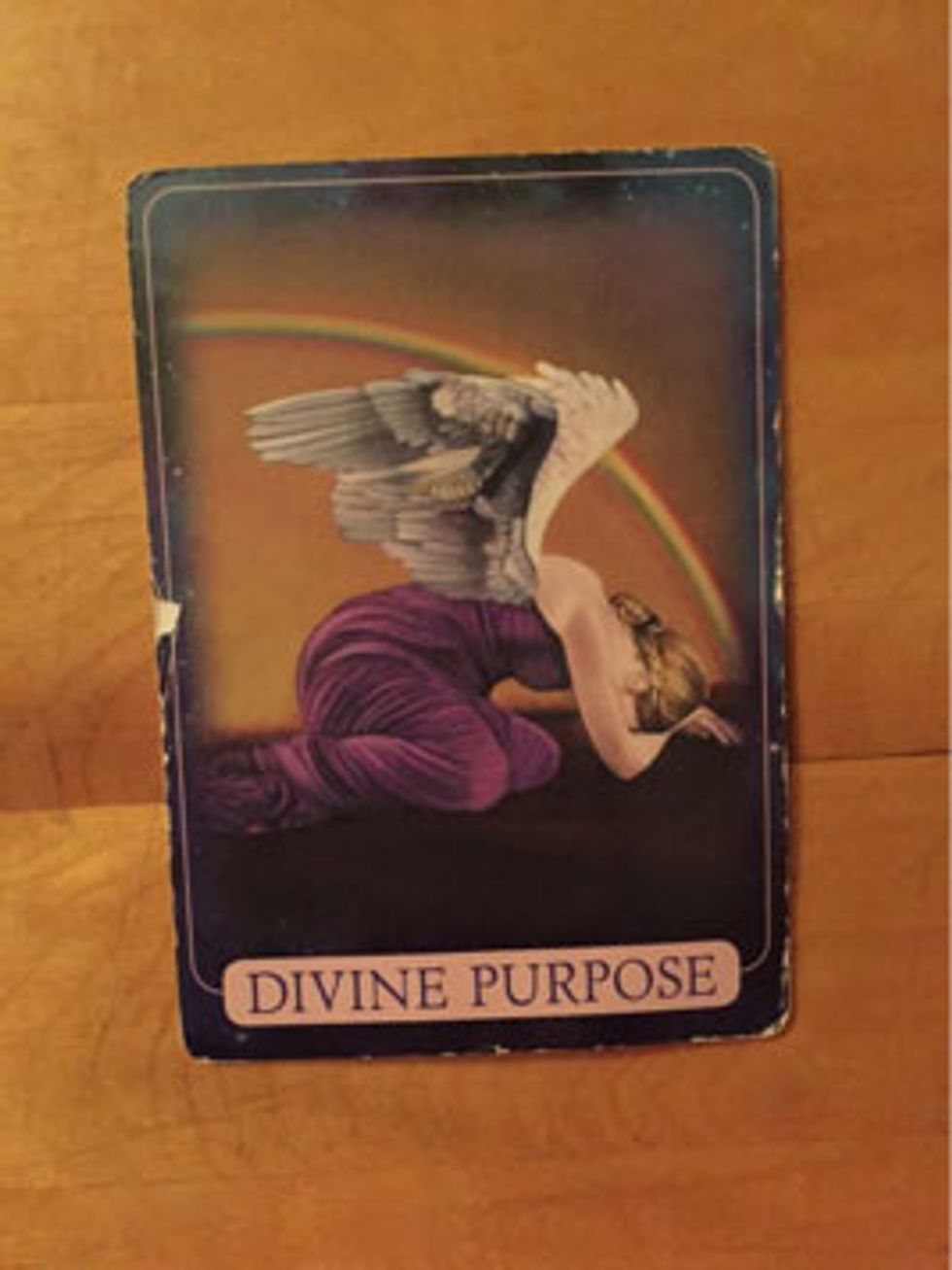Last month, marked one year since I completed my 200-hour yoga teacher training program at Lourdes Institute of Wholistic Studies.
Since graduation, I've taught 70+ hours of yoga to mature adults and seniors as old (or should I say as young) as 100. I've taught newbies and experienced yogis. I've taught chair yoga, Hatha yoga, restorative yoga, aqua yoga and even power yoga (if there is such a thing). I've led meditation and mindfulness sessions too. Wow-o-wow!
I remember my first few classes. I was very nervous. Would my voice project? Could I memorize a sequence of poses? What would happen if my sequence ran past the hour? What about the music, the mantras, the mudras, the Sanskrit names and the directions for each pose? It was all so overwhelming. I wasn't even sure I wanted to teach.
Learning From My Students
Transitioning from a teacher in training to an instructor in the studio has been an incredible learning experience. Now my students are my best educators.
When I speak softly, my students tell me to talk louder or turn down the music.
When I mention "inhale your left arm up" instead of "inhale your right arm up," my students remind me and I quickly correct.
"We don't say pain," a chair yoga student reminded me. "We say discomfort."
"Discomfort it is," I replied. The word "pain" has left my vocabulary.
"Can we look in the mirror?" asked a Yoga 101 student.
"Yoga is a practice, there's no perfect pose, no judgement," I said. "The mirror won't tell you anything and may even bring you off balance." The student found his focal point away from the mirror and attempted to balance in tree pose, first on his left foot and then his right.
A Physical and Spiritual Guide
My goal as a teacher is to be a guide and share the physical and spiritual benefits of yoga with each student—greater flexibility, strength, balance, awareness (of body and mind) and, most of all, relaxation.
When my students tell me that they feel better after class than before, I smile. When they tell me they like the music I play (Broadway show tunes for chair yoga and my favorite Krishna Das for restorative yoga), I smile. It makes me happy.
I've grown a great deal as a yoga teacher during the past 12 months. Most of that growth has come, not only from listening to each student's feedback, but also from observing each student's body in a pose.
I've learned that, young or old, each body is different. Sometimes adding a simple prop like a block or blanket can raise the earth and make a pose possible where it wasn't before. Other times a hands-on assist or adjustment can help a person better align into a pose and more fully stretch and relax.
As I begin year two, I am more confident in my teaching skills. When a sequence is too challenging or not challenging enough, I adapt. When a studio is short on props, I modify. When students arrive late, I start on time and let them join in. When a room is too hot, I crank up the air. When a room is too cold, I turn up the heat. And when a room is too cold for some and too hot for others, I put the students who like a good chill on one side of the room and I turn on the portable heater on the other side of the room for those who prefer their yoga warm.

Yoga is a practice; it's not about perfection. We leave the ego at the door. As my instructor B said at our 2016 graduation: "With yoga, you are always a perpetual student." That's a good thing.
All in all, I'm glad that I've become a yoga teacher. Maybe my Angel Card the other day in class is sending a sign. Maybe it's telling me that I've found my "divine purpose," and I'm supposed to be right here, right now—in this moment.
Namaste
This post originally appeared on aboomerslifeafter50.com.









